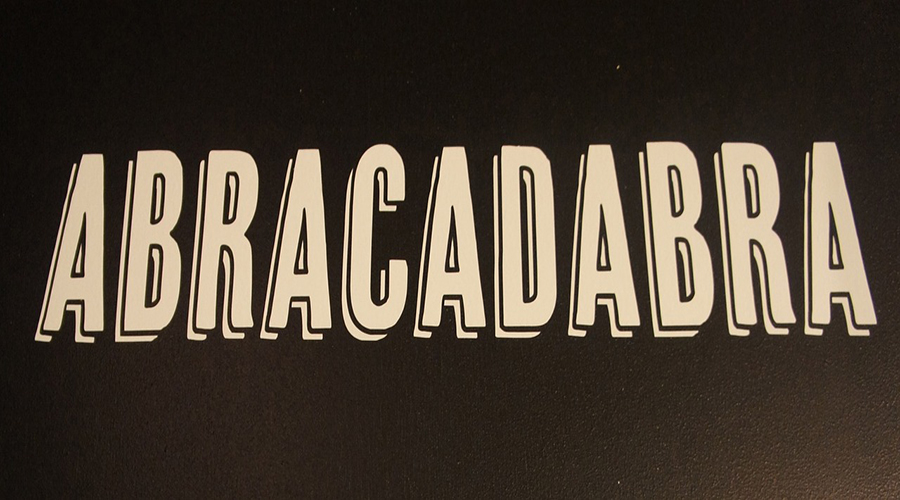The term “Peanut Gallery” has a colorful history and a unique place in popular culture. Originating from the entertainment world, the peanut gallery refers to the audience section with the cheapest seats. It is often filled with sad and less refined patrons who voice their opinions, hack performers, or make up—disruptive comments. The name “Peanut Gallery” comes from the prevalence of peanuts as an affordable snack sold in these places.
Table of Content
- What is Peanut Gallery?
- Origin and Etymology of the Peanut Gallery
- Synonyms for Peanut Gallery
- Peanut Gallery Facts
- Summary
- FAQs
What is Peanut Gallery?
A group of people is referred to as a “peanut gallery.” The term originated in the world of entertainment. The “Peanut Gallery” was the section with the cheapest seats in theaters. Which is the largest area of the theater? Usually occupied by rowdy and less refined audience members, the name “Peanut Gallery” comes from peanuts being a common and cheap snack sold in these places.
American customers who sat here often ate packages of peanuts. These crowds were notorious for throwing peanuts at more flamboyant, boisterous performers when they didn’t like the performance. The phrase “Peanut Gallery” was thus coined. The term “peanut gallery” refers to a group of people, either in a physical or virtual setting, who often offer unsolicited comments, criticisms, or opinions without being well informed about the topic being discussed. It may also indicate that these comments are disruptive or unhelpful.
Origin and Etymology of the Peanut Gallery
While the origin and derivation of the term “Peanut Gallery” are somewhat obscure, the phrase is thought to have originated in early cinema. The source of the word stems from the vaudeville era of the late 1800s, a popular genre of entertainment that included magicians, comedians, singers, and more. The “Peanut Gallery” was the cheapest section of seats, usually occupied by people of limited means.
The term “peanut gallery” refers to a section of cheap seats in a theater or auditorium, usually located on the upper balcony or furthest from the stage. These seats were often occupied by less affluent or rowdy patrons who might make a fuss or make loud comments during the performance. This phrase is associated with peanut sellers selling their wares to these spectators.
While the exact origin of the term is not known with certainty, it became a common way to refer to a loud or rowdy section of the audience or a group of critics who were quick to voice their opinions, often insultingly or ignorantly.
In popular culture, the term “peanut gallery” is used in various contexts to refer to vocal and critical audiences. The television show “Howdy Doody” made it more popular, which featured a “Peanut Gallery” where children sat in the studio audience. The show’s host, Buffalo Bob Smith, often addressed the Peanut Gallery children.
Overall, the term “peanut gallery” has its roots in entertainment culture and symbolizes a group of people who are vocal but not necessarily well-informed or sophisticated about their opinions.
Synonyms for Peanut Gallery
- Backbenchers
- Hecklers
- Critics
- Haters
- Detractors
Peanut Gallery Facts
- The peanut gallery was the term for the cheapest and arguably the most exciting seats in the theater during the era of vaudeville.
- People sitting in these back rows, furthest from the stage, were known for mocking and heckling the performances.
Summary
Ignore the peanut gallery of summaries and focus on the presentation you want to make. The coach advised the entire team to ignore the peanut gallery’s comments and focus on the game so they could win. Even though he was known for his exceptional culinary abilities, the well-known chef needed more patience for the Peanut Gallery in online food forums. In publishing, you must ignore the peanut galleries you see on social media because half the haters still need to read the book.
FAQs
Q.1 What does “peanut gallery” mean?
The term “peanut gallery” originally referred to the cheapest seats in a theater, usually occupied by less affluent audience members. Over time, it has evolved to describe any group of people, often severely or noisily, who are not directly involved in a situation but offer their opinions or commentary.
Q.2 Is the “Peanut Gallery” still used today?
Yes, “peanut gallery” is still used today, although it may be less common than in the past. It is often used figuratively to refer to people offering unsolicited or critical comments, especially in social media or online discussions.
Q.3 Can “Peanut Gallery” have a positive connotation?
While the “peanut gallery” is often used to describe a critical or disruptive group, it can also be used lightly or affectionately, mainly when referring to friends or family members who playfully offer their opinions or commentary.
Q.4 Is there a connection between the “Peanut Gallery” and actual peanuts?
“Peanut Gallery” originally referred to the audience section, not the actual peanuts. However, it was called the “Peanut Gallery” because patrons in that section were often known to buy and eat peanuts during performances, which contributed to noise and disruption.



